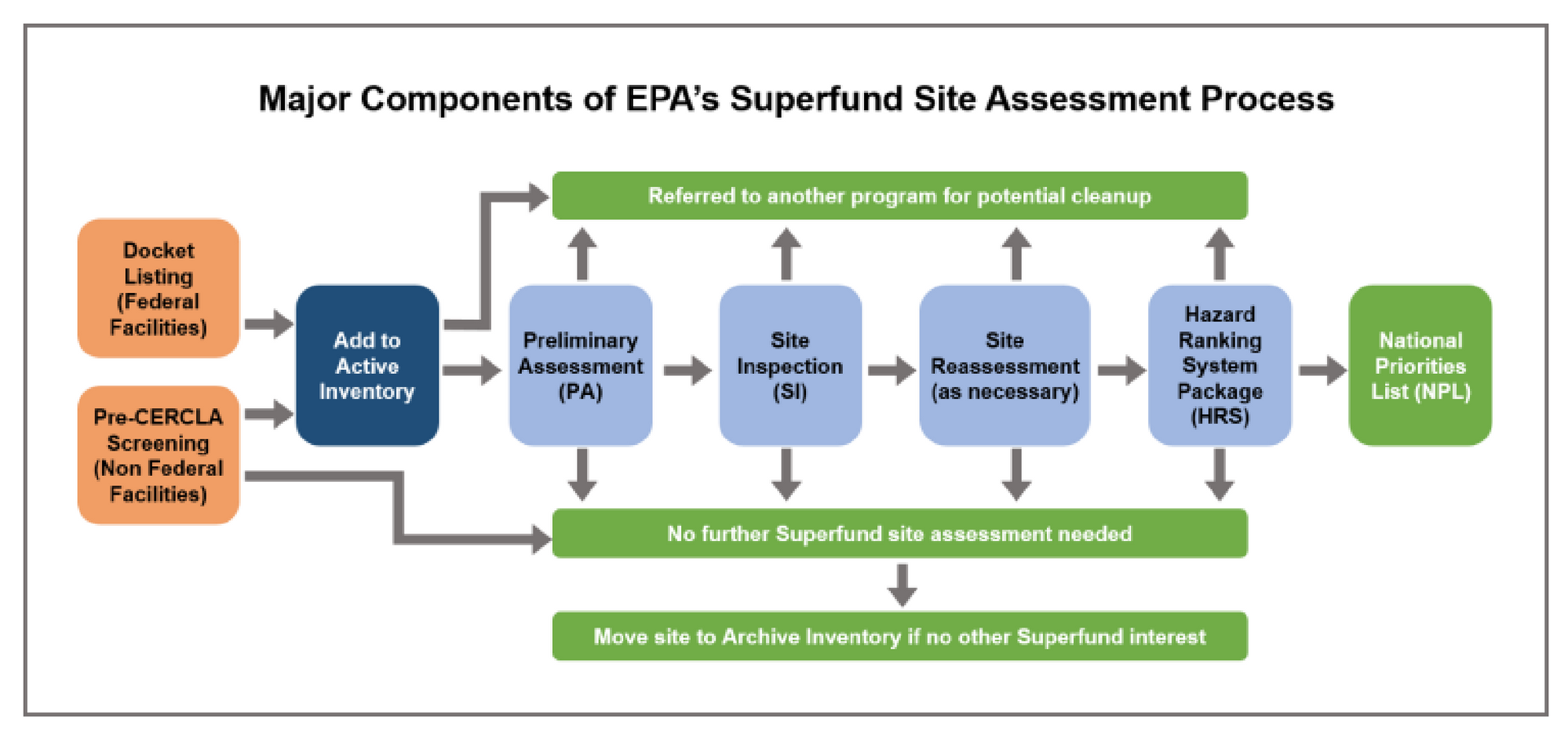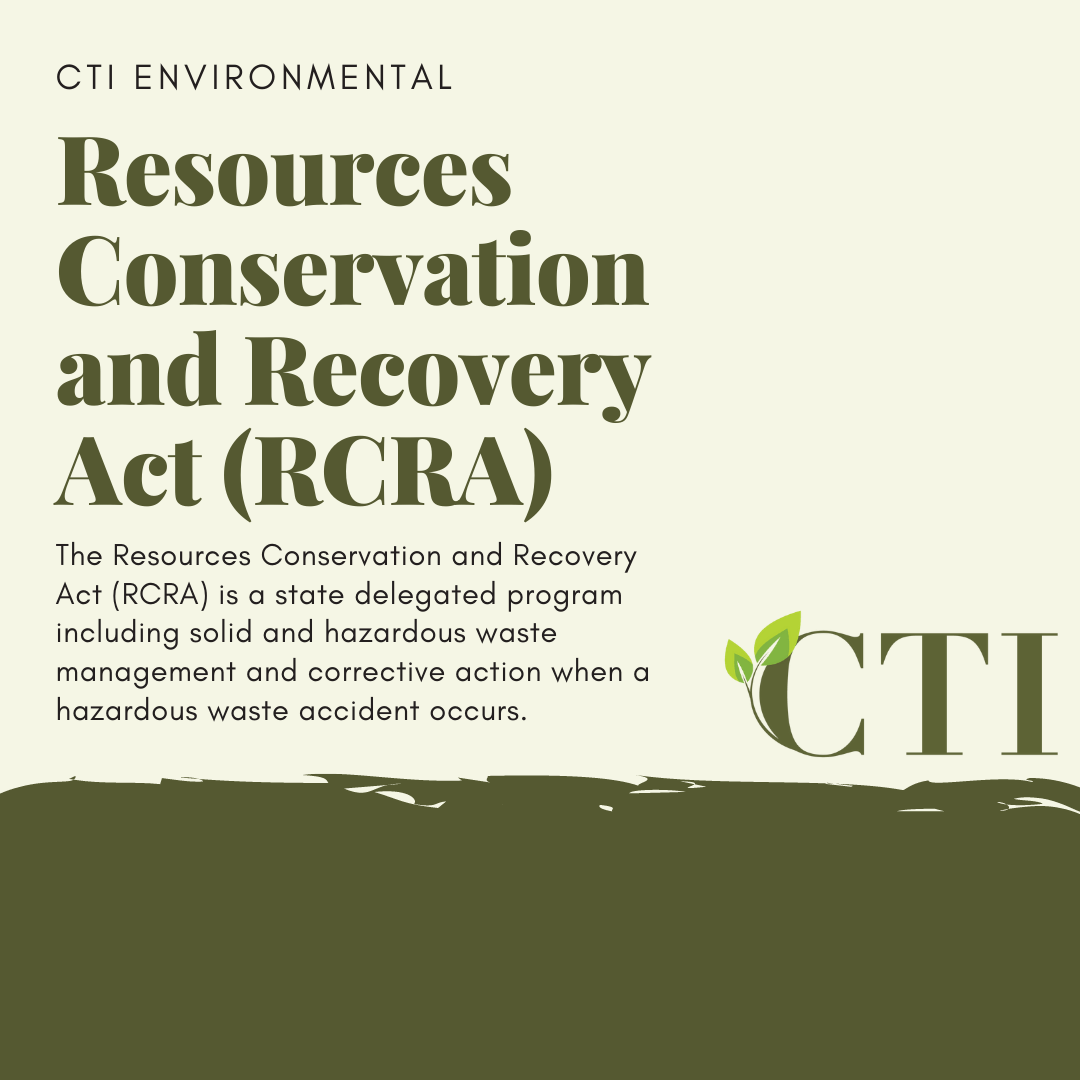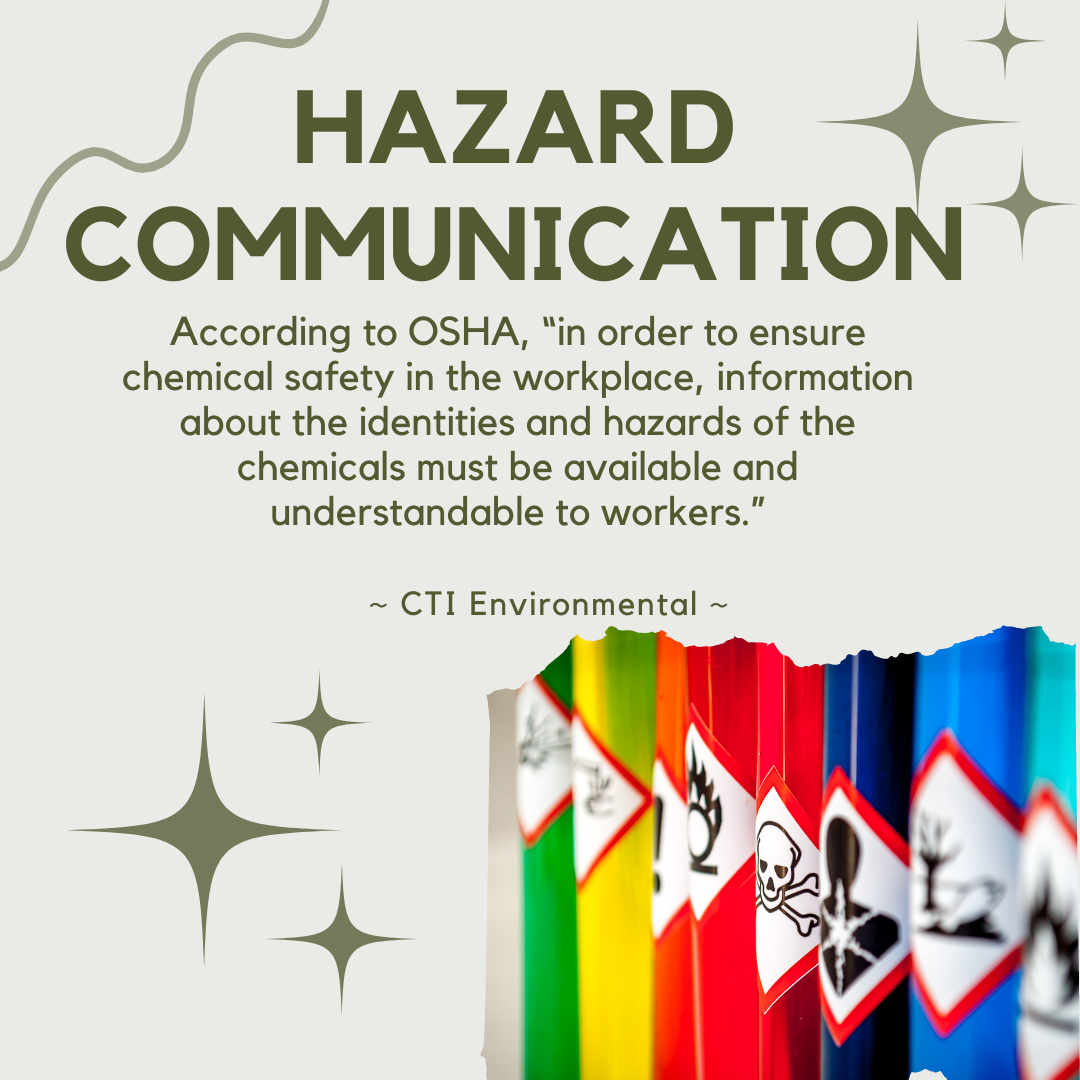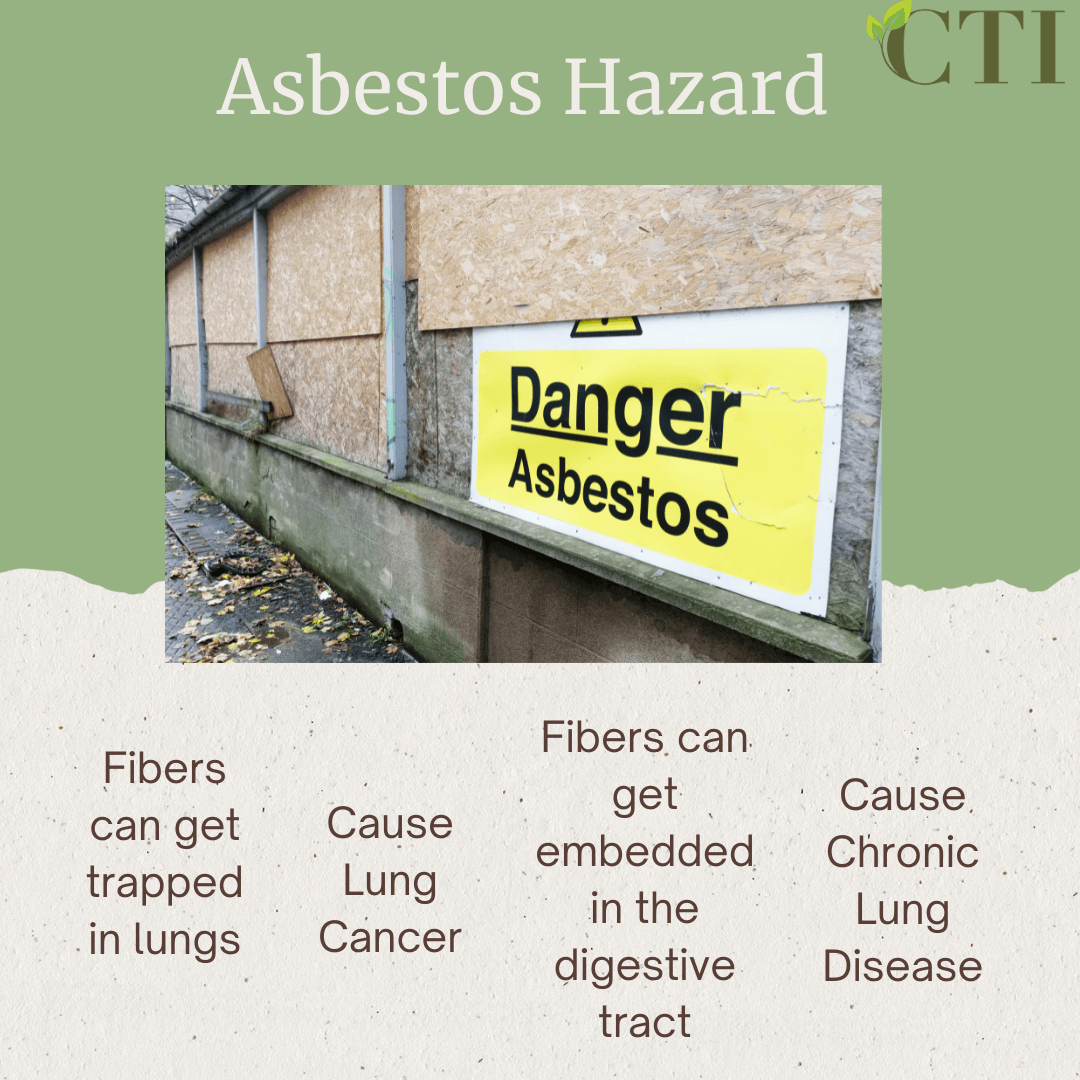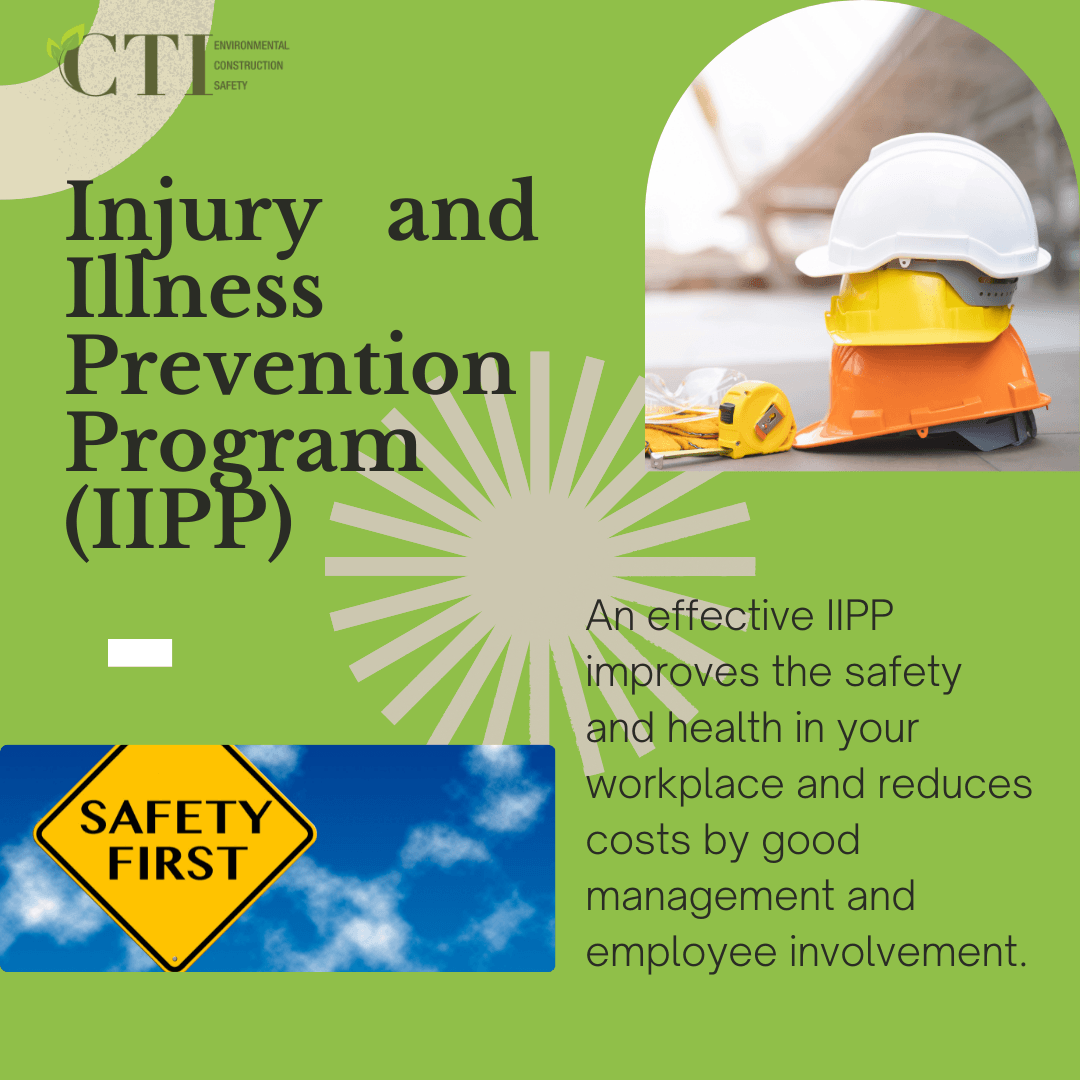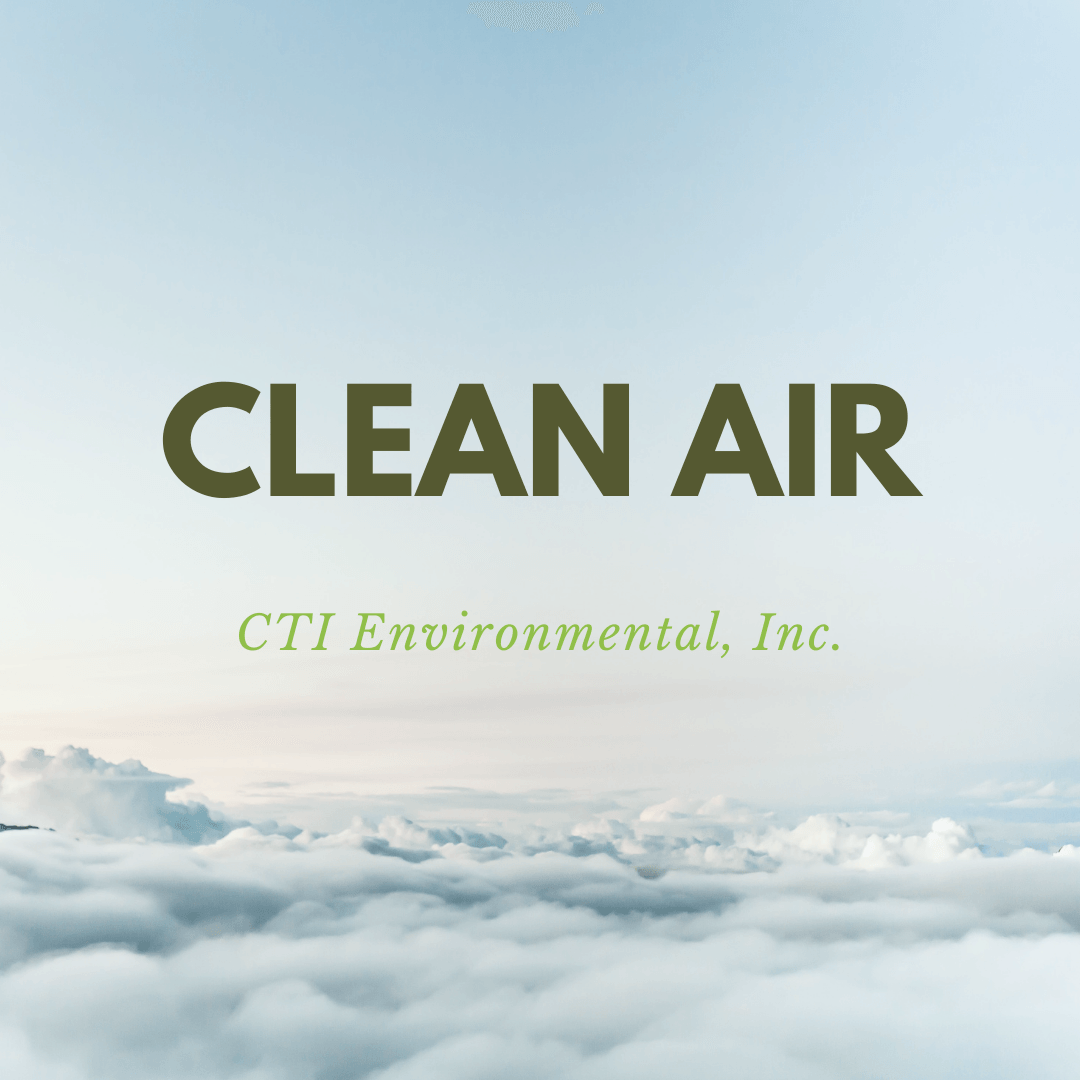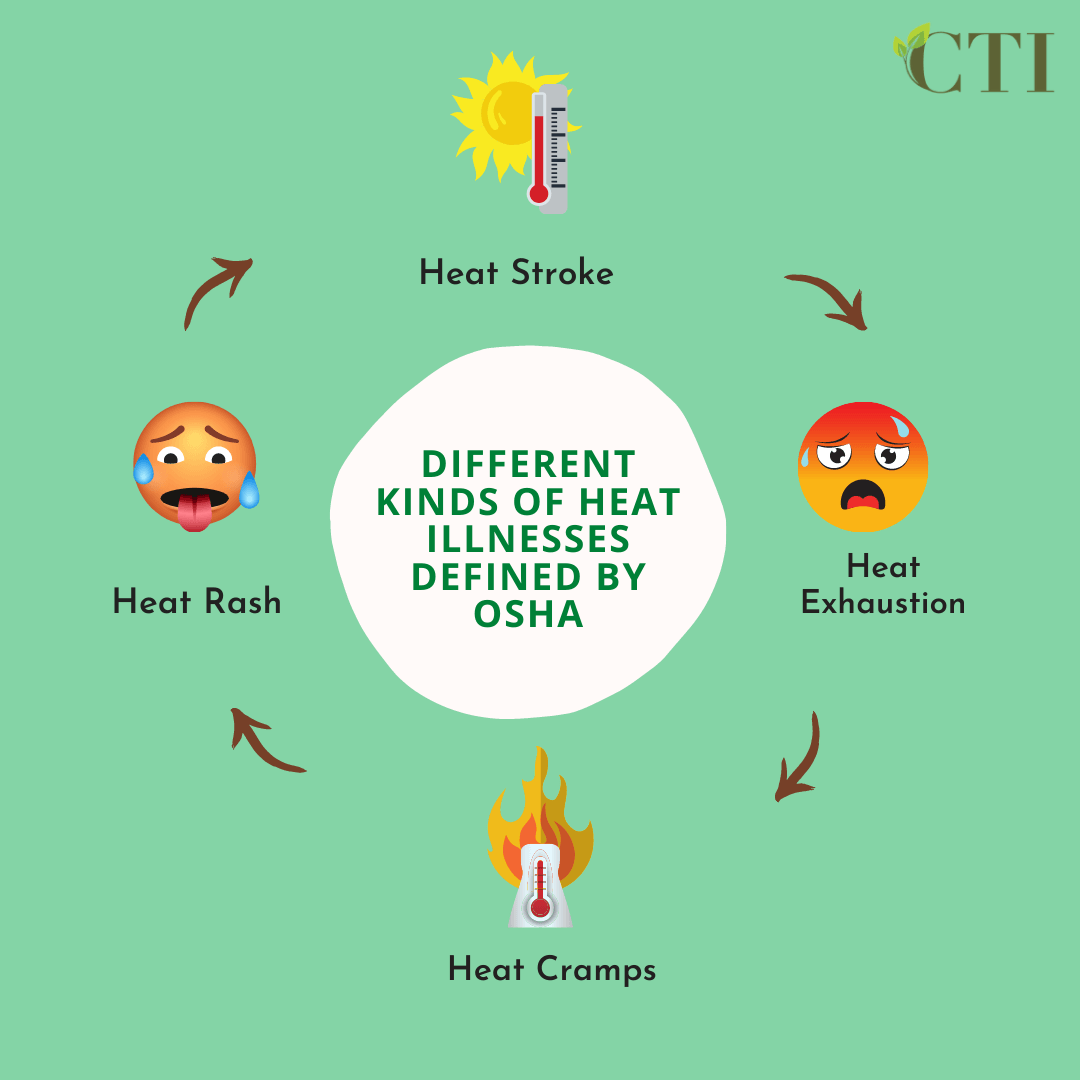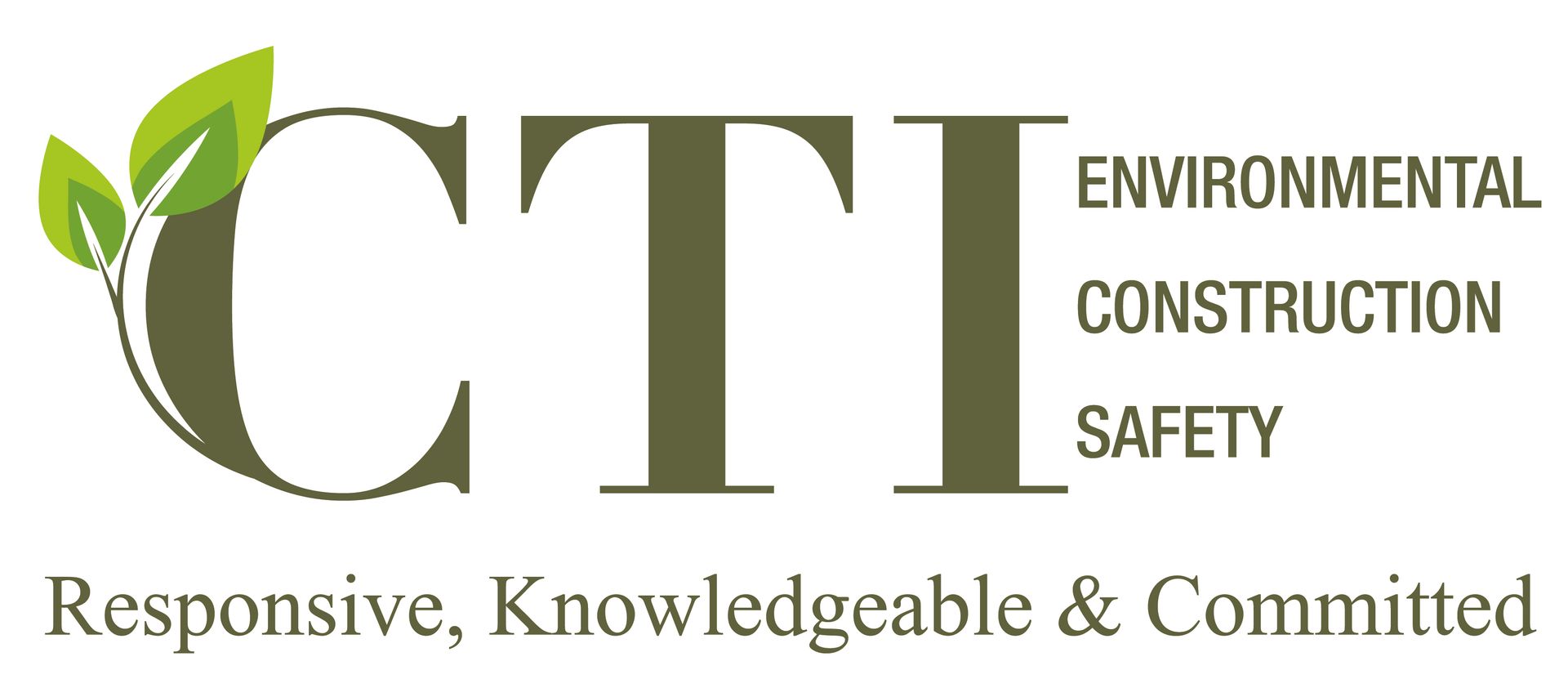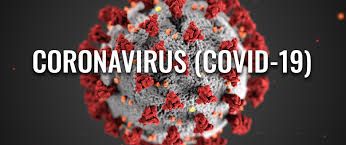Three Important Steps to Reduce Fugitive Dust During Construction
Get the Facts About Dust Reduction
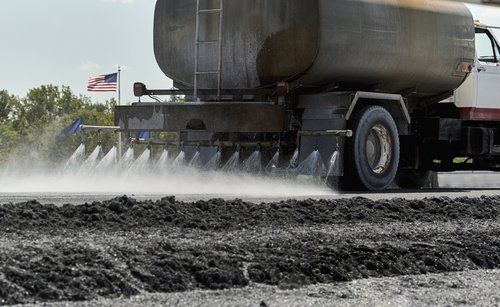
(Contributing Writer, Ronisa Shoate)
Fugitive dust is on the run and your business is required by law to keep it under arrest, so to speak. What do you do? The first step is to educate yourself.
Step One – Get the Facts: What is Fugitive Dust?
Fugitive Dust is air pollution. When dust is disturbed by
wind and human activity (e.g. driving, construction work, leaf blowers), it
rises and floats in the air. Based on the size of the particulate matter (PM)
or particle pollution found in the air, it can be visible to the naked eye or
visible only with the help of a microscope.
While larger particles (e.g. coarse sand and gravel) fall
out of the air quickly, smaller particles (e.g. pollen and soot) can stay
airborne for periods of time that range from days to years. Some PM are emitted
directly from a specific source, including unpaved roads and construction
sites. The Environmental Protection Agency (EPA) classifies smaller particles
as 10 microns diameter or smaller, or PM10.
According to the South Coast Air Quality Management District (AQMD), fugitive dust includes five general areas of dust emissions:
1.
Construction and demolition
2. Materials handling
3. Paved roads
4. Unpaved roads
5. Storage piles.
Construction work that produces fugitive dust can occur in some of the following ways:
Ground clearing and preparation
Movement of equipment on-site
Transporting construction materials into and out of the work area
In the state of California, PM10 pollution is a serious problem. The enviable Southern California weather further complicates the issue as the warm, dry climate allows the dust to dry completely due to infrequent seasonal rainfall to hold back fugitive dust. In addition, seasonal winds like the Santa Ana winds distribute fugitive dust more widely. These factors are a source of environmental concern since fugitive dust is a matter of health and safety with harmful effects for the public.
Step Two – The Harmful Effects of Particulate Matter
As an air pollutant, fugitive dust is hazardous. If a business produces enough dust or smoke, this is a contributing factor to reduced visibility. During the summer months, fugitive dust reacts to the sun’s heat and produces smog.
Beyond the unpleasant appearance of the haze of smog, fugitive dust can cause many serious health problems. Based on the size of the particulate matter, fine particles can enter the mouth and nose through inhalation. This can cause respiratory problems and decrease lung function. And the effects are dangerous for people with existing health issues like asthma or heart disease.
Step Three – Arresting Fugitive Dust
Due to health and environmental considerations, controlling fugitive dust is the responsibility of businesses. And regulations on the Federal and State level enforce laws for additional protection. California Health and Safety Code Section 41700 (the State Nuisance Law) prohibit a person from discharging air contaminants that can harm the public. California air districts regulate business operations to ensure they adhere to rules that minimize fugitive dust emissions. Local Air Pollution Control Districts (APCD’s) and Air Quality Management Districts (AQMD’s) regulate sources of air pollution and issue air quality permits.
Businesses that create fugitive dust have a responsibility to take the proper precautions to control it. CTI offers practical solutions to help businesses stay in compliance with fugitive dust regulations before and during construction. We are well acquainted with the local agency’s rules and regulations as well as operation and compliance requirements of federal and state agencies.
With the use of your personalized dust prevention and control plan from CTI, construction work can take place responsibly with short-term impacts while maintaining good engineering practices. CTI can help you identify problem areas in advance and plan accordingly. We will provide you with a roadmap to compliance that will help us all breathe easier.
